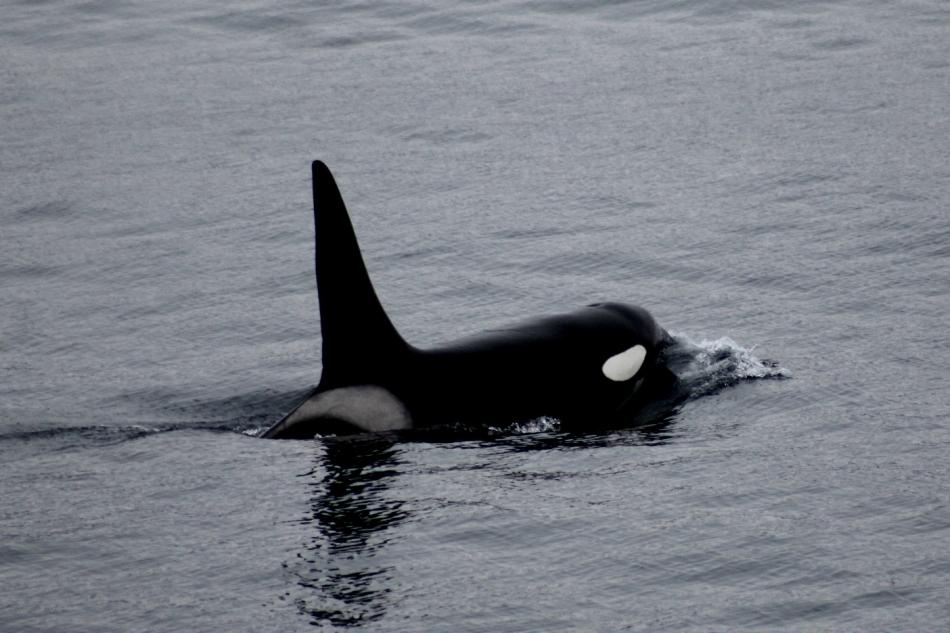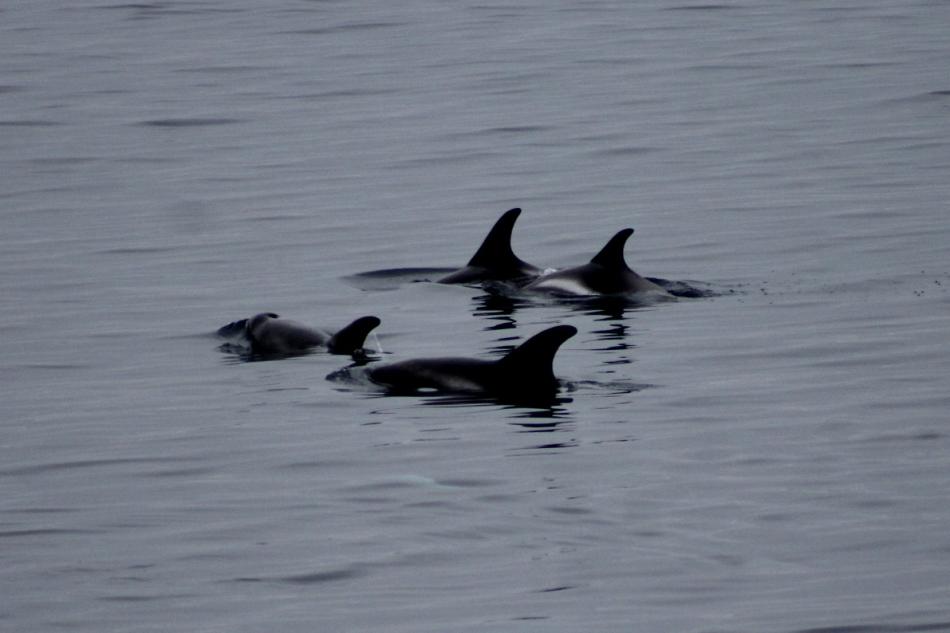Wednesday, 24 April 2024
Today we will be operating our Classic Whale Watching on our lovely vessel Hafsúlan at 9:00 and 13:00. OurPremium Whale Watching departure times are 9 am, 12 pm and 3pm.
- CLASSIC WHALE TOUR | 9:00, 13:00
- PREMIUM WHALE TOUR | 9:00, 12:00, 15:00
CLASSIC WHALE TOUR | 09:00
Report from Hafsulan: today the sea was flat as a lake! The wind was very weak and we couldn't be more excited to sail out and look for out Faxaflói stars! Not long after we left the bay, we noticed some boats up ahead and we got excited to see we had orcas in the area! They were 2 males, and we got closer to one, that was calmly swimming around. What a great first encounter, because it's definitely not everyday that we have orcas in the bay. Since there were other boats around, we decided to stick with it just a couple of more minutes before continuing the trip. We got to an area where we saw the back of a minke whale, that vanished as quick as they appeared, but in the same area we also saw a pod of white-beaked dolphins not far from us! Even before getting to these dolphins, we saw another minke whale passing by, showing the beautiful snout on this calm and flat sea. Getting closer to the dolphins, we noticed we had about 18 of them, as calm as the sea. They came very close, passing underneath us. We could follow them through the surface, very excited with the amount of individuals around us. On the way back, we saw a humpback whale at the surface, showing off the fluke and going for a deep dive. We waited to give a chance for the whale to see it again, but this one was very busy down there. So we needed to continue our trip, already so happy with all the encounters we had this morning!
- Milla Brandao
CLASSIC WHALE TOUR | 13:00
Report from Hafsúlan: Our journey started with perfect sea conditions and nice weather! We sailed out to the bay full speed searching for marine wildlife! After a short 20 minute ride we were able to spot a pod of about 6-8 white beaked dolphins swimming gently in the bay! As they resurfaced we could see that we had a calf in the group!! It was quite small always swimming next to an adult! We spent some time with this group before we decided to continue our trip and after half an hour of sailing we spotted a minke whale! We were able to see it a couple of times and after a few minutes we understood there were two in the area! However they were very shy and changed direction constantly which made our job to try to spot them quite difficult! As the trip was ending we decided to return to the harbour.
-Maria Ernesto
Bird species seen today:
Northern fulmar, Northern gannet, Atlantic puffin, black guillemot, common guillemot, common gull, black-legged kittiwake, lesser black-backed gull, herring gull.
Wildlife encountered today:
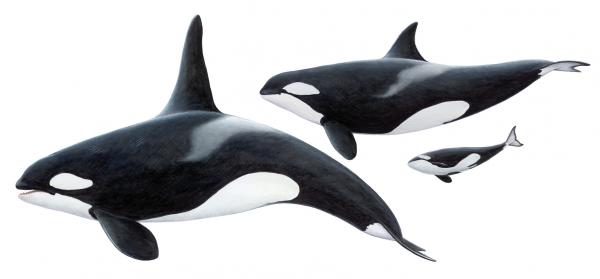
This is one of the Elding crew's favourite species so excitement is especially high when we get to see these amazing animals. Occasionally they venture into Faxaflói Bay but chances of seeing them are greater when we sail from other harbours. They are the largest of the dolphins and the male dorsal fin can get up to 1.8m high and very triangular whereas the females dorsals are curved.
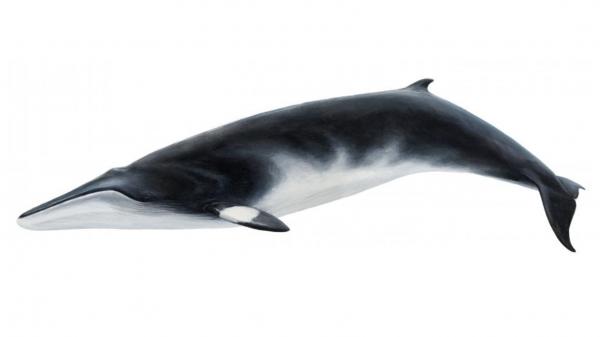
The Minke Whale is the most common whale around Iceland and actually the world thus it is one of the main species we encounter on our whale watching tours. It is one of few species that don’t mind coming to shallower waters like here in Faxaflói Bay to feed on the abundant food available to them.
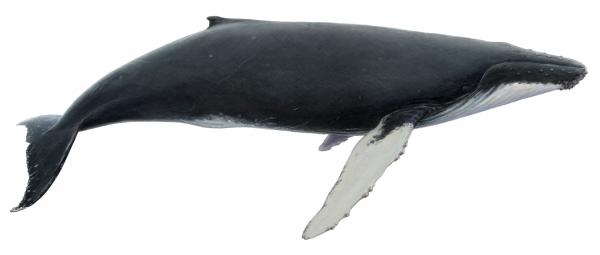
The Humpback Whale is quite spectacular undergoing the longest migration of any mammal (5176miles/8334km one way), attracting females by singing to them and of course their energetic nature. On many occasions humpbacks have been seen breaching, tail slapping, fin slapping, blowing bubbles and spy hopping just to mention a few. The humpback is also one of the larger whales we encounter
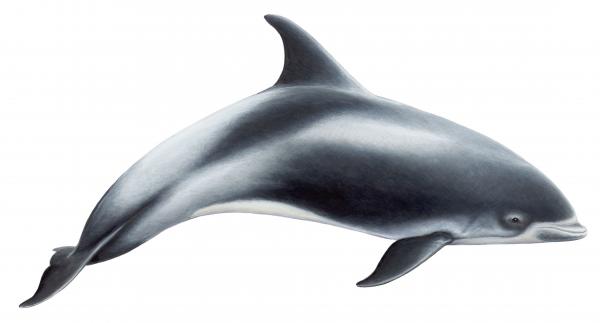
The white-beaked dolphin is the most common dolphin found in the surrounding waters of Iceland and is seen not only in the summer but winter too usually in larger numbers, hundreds sometimes. When feeding they show energetic behaviour such as breaching out of the water and coming down with a big splash and bursts of fast swimming.





